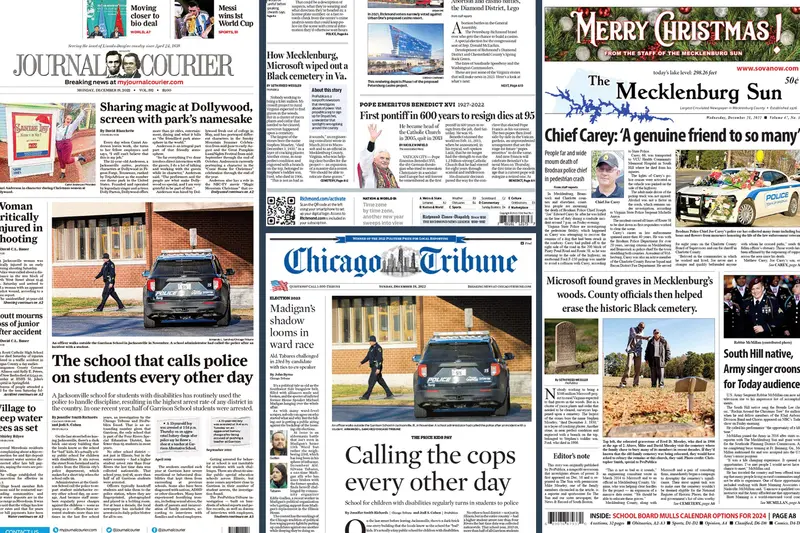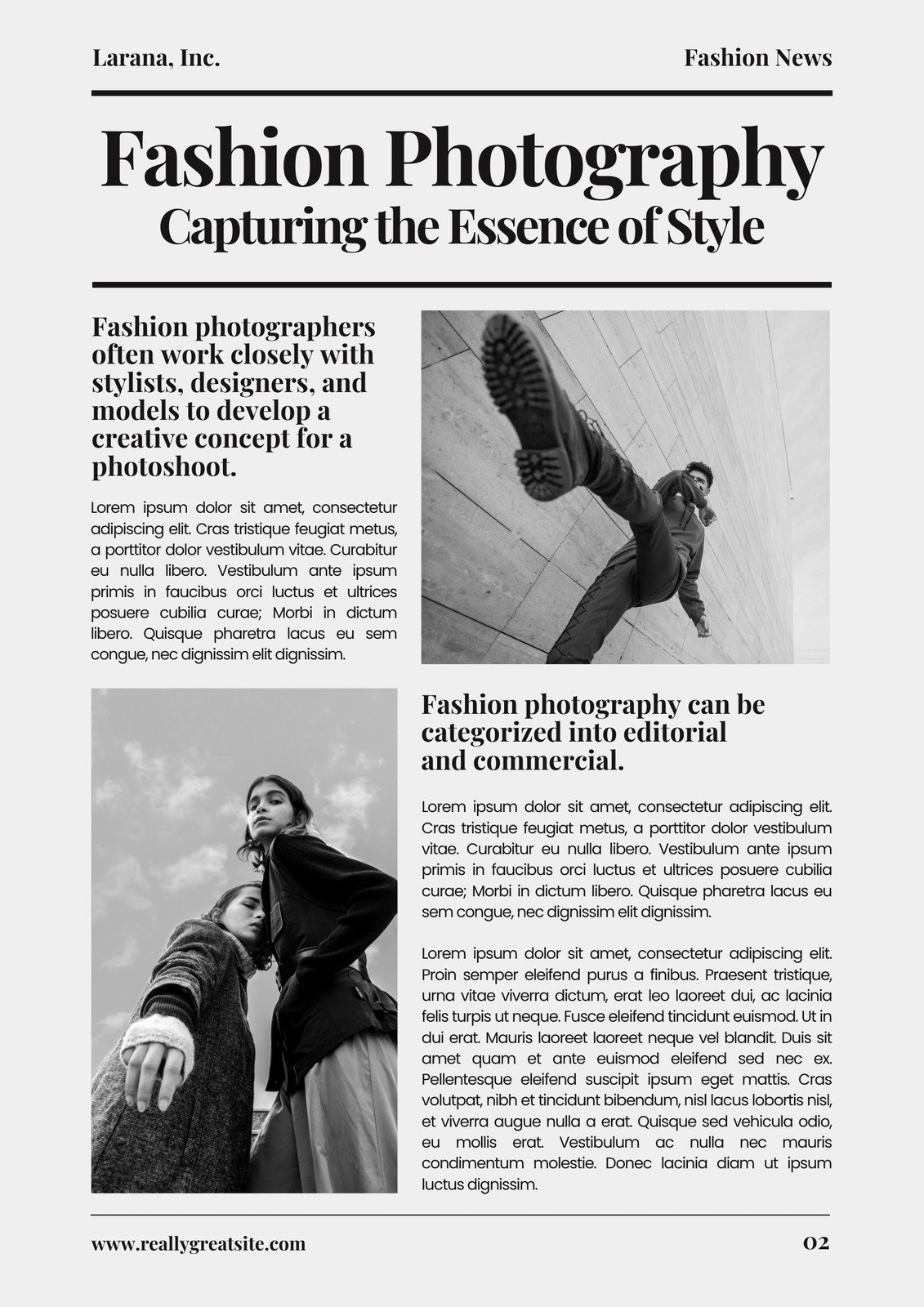The Definitive Guide to News Articles
The Definitive Guide to News Articles
Blog Article
News Articles Things To Know Before You Buy
Table of ContentsAll about News ArticlesSome Ideas on News Articles You Need To KnowLittle Known Facts About News Articles.Get This Report about News ArticlesThe smart Trick of News Articles That Nobody is Talking About
Great understanding of various subjects gives trainees an one-upmanship over their peers. Despite the fact that electronic and social media are conveniently available, we should not neglect how essential it is to read the newspapers. Moms and dads must attempt and instill the routine of reading a paper as an everyday regimen to continue the legacy of the revered print tool.Newspaper article likewise contain at least one of the adhering to essential characteristics about the designated target market: proximity, importance, timeliness, human rate of interest, peculiarity, or effect. The related term journalese is often utilized, generally pejoratively, to refer to news-style writing. Another is headlinese. Newspapers normally stick to an expository writing design.
Within these limitations, information tales also aim to be thorough. Among the larger and more recognized newspapers, fairness and equilibrium is a major element in offering information.
Papers with a worldwide audience, for instance, often tend to use a much more official design of creating. News Articles.; typical design guides consist of the and the US News Design Publication.
Examine This Report on News Articles
As a policy, journalists will not utilize a lengthy word when a short one will certainly do. Information writers attempt to avoid using the same word a lot more than when in a paragraph (sometimes called an "resemble" or "word mirror").
However, headings often leave out the subject (e.g., "Leaps From Boat, Catches in Wheel") or verb (e.g., "Cat lady lucky"). A subhead (additionally subhed, sub-headline, subheading, caption, deck or dek) can be either a subservient title under the primary heading, or the heading of a subsection of the article. It is a heading that precedes the major message, or a team of paragraphs of the primary message.

of a short article subject, source, or interviewee), it is described as a pulled quotation or draw quote. Additional signboards of any of these types may appear later on in the short article (especially on subsequent pages) to entice further reading. Journalistic web sites sometimes make use of animation strategies to exchange one signboard for one more (e.g.
Some Known Details About News Articles
Such signboards are also used as guidelines to the short article in various other sections of the magazine or website, or as promotions for the piece in various other magazine or websites. News release of the Swiss federal government. Typical structure with title, lead paragraph (recap in vibrant), various other paragraphs (information) and contact details.

Instance of a hard-lead paragraph NASA is recommending an additional area project. The spending plan demands approximately $10 billion for the project.
The NASA announcement came as the agency asked for $10 billion of appropriations for the job. An "off-lead" is the second most important front page information of the day. The off-lead shows up either in the top left corner, or directly listed below the lead on the. To "hide the lead" is to begin the post with history information or information of additional relevance to the visitors, compeling them to check out even more deeply right into an article than they need to need to in order to find the vital factors.
Some Known Details About News Articles
Typical usage is that or two sentences each develop their very own paragraph. Journalists usually explain the company or structure of a news tale as an upside down pyramid. The crucial and most fascinating elements of a tale are put at the beginning, with supporting info adhering to in order of decreasing value.
It permits individuals to discover a subject to just the depth that their inquisitiveness takes them, and without the imposition of information or subtleties that they can take into consideration unimportant, however still making that information offered to extra interested readers. The inverted pyramid framework also makes it possible for short articles to be cut to any kind of arbitrary length during format, to suit the space available.
Some writers start their tales with the "1-2-3 lead", yet there are numerous sort of lead available. This layout usually begins with a "Five Ws" opening paragraph (as defined over), complied with by an indirect quote that serves helpful resources to support a significant component of the first paragraph, and after that a straight quote to sustain the indirect quote. [] A twist can describe several points: The last story a fantastic read in the news broadcast; a "pleased" tale to finish the show.
Longer short articles, such as publication cover articles and the items that lead the inside areas of a newspaper, are referred to as. Attribute tales differ from straight information in a number of ways. Foremost is the absence of a straight-news lead, the majority of the moment. Instead of supplying the significance of a story up front, function writers might attempt to draw readers in.
What Does News Articles Do?
A function's initial paragraphs often associate an intriguing minute or event, as in an "unscientific lead". From the particulars of a person or episode, its view quickly expands to abstract principles about the tale's topic.

The Editor's Toolbox: A Recommendation Overview for Beginners and Professionals (2001) Allan M. Siegal and William G. Connolly. The New York Times Manual of Design and Use: The Official Style Guide Used by the Writers and Editors of the Globe's A lot of Reliable Paper (2002) M. L. Stein, Susan Paterno, and R.
Report this page